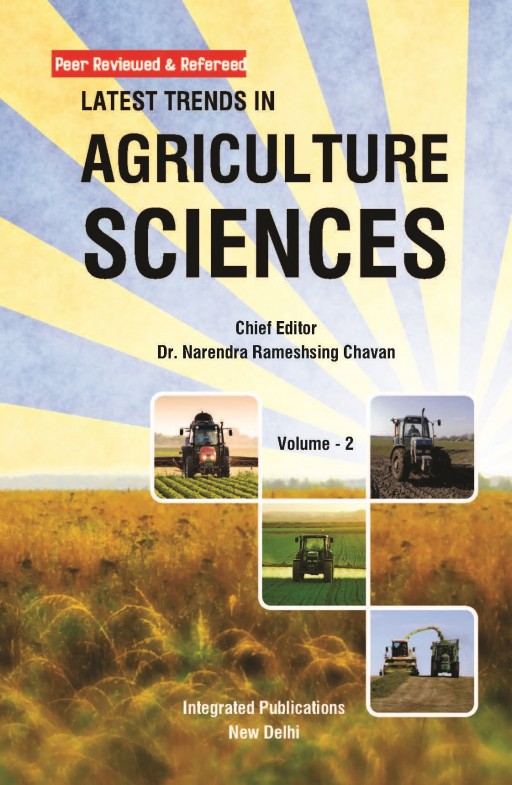Impact of Key Climate Parameters on Agriculture-A Case Study in Telangana State


Climate change is a long-term phenomenon in the statistical distribution of weather patterns over a period of time ranging from decades to millions of years. According to IPCC (2001), climate change is a change in the state of climate identified using statistical tests by changes in the mean or the variability of its properties persisting for an extended period i.e., decades or longer. Climate change will have multidimensional effect on mankind in terms of several socio-economic parameters. Among the different sectors, agriculture is the most important sector which will be severely affected by climate change. It provides livelihood to more than half of the state’s workforce and is crucial for restoring rural economy which is prone to frequent droughts, resulting in distress among farming community (Socio-economic outlook 2018). Climate change not only influences the primary sector, including plants and livestock, water availability, environment, fisheries and forests but also socioeconomic factors, human health, electricity, infrastructure, roads, storage, trade etc., having an indirect effect on the economy and the political structure, leading to instability in the food chain. Thus, it is one of the major factors affecting food security directly and indirectly. Major food crops rice and maize in Telangana were surpassed by the area of cotton during the year 2015-16. Increase in the mean seasonal temperature can reduce the duration of many crops and hence reduce the yield. In areas where temperatures are already close to the physiological maxima for crops, warming will impact yields more immediately. Drivers of climate change through alterations in atmospheric composition can also influence food production directly by its impact on plant physiology. The consequences of agriculture’s contribution to climate change, and of climate change’s negative impact on agriculture, are severe which is projected to have a great threaten the food security and hence, require spatial agricultural measures to combat with.